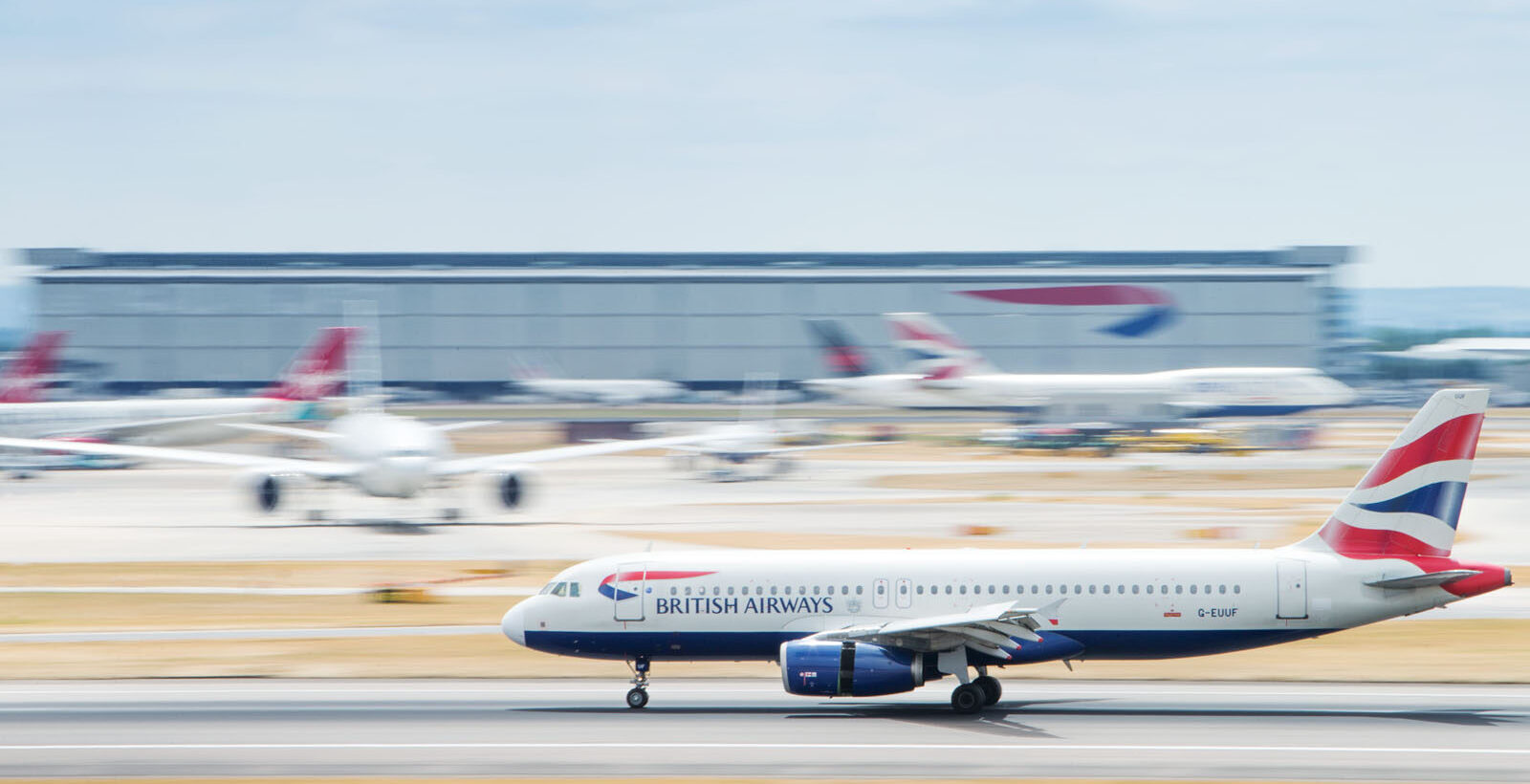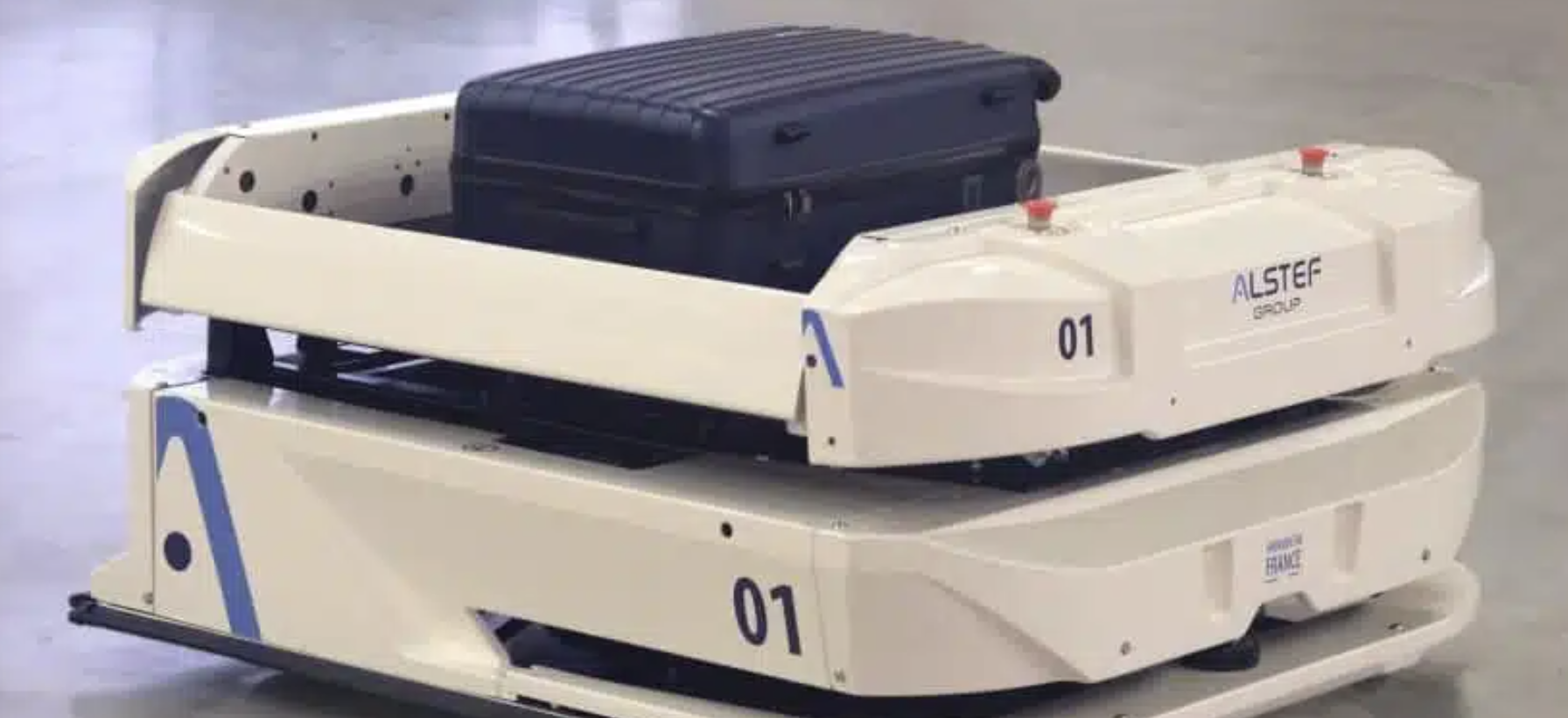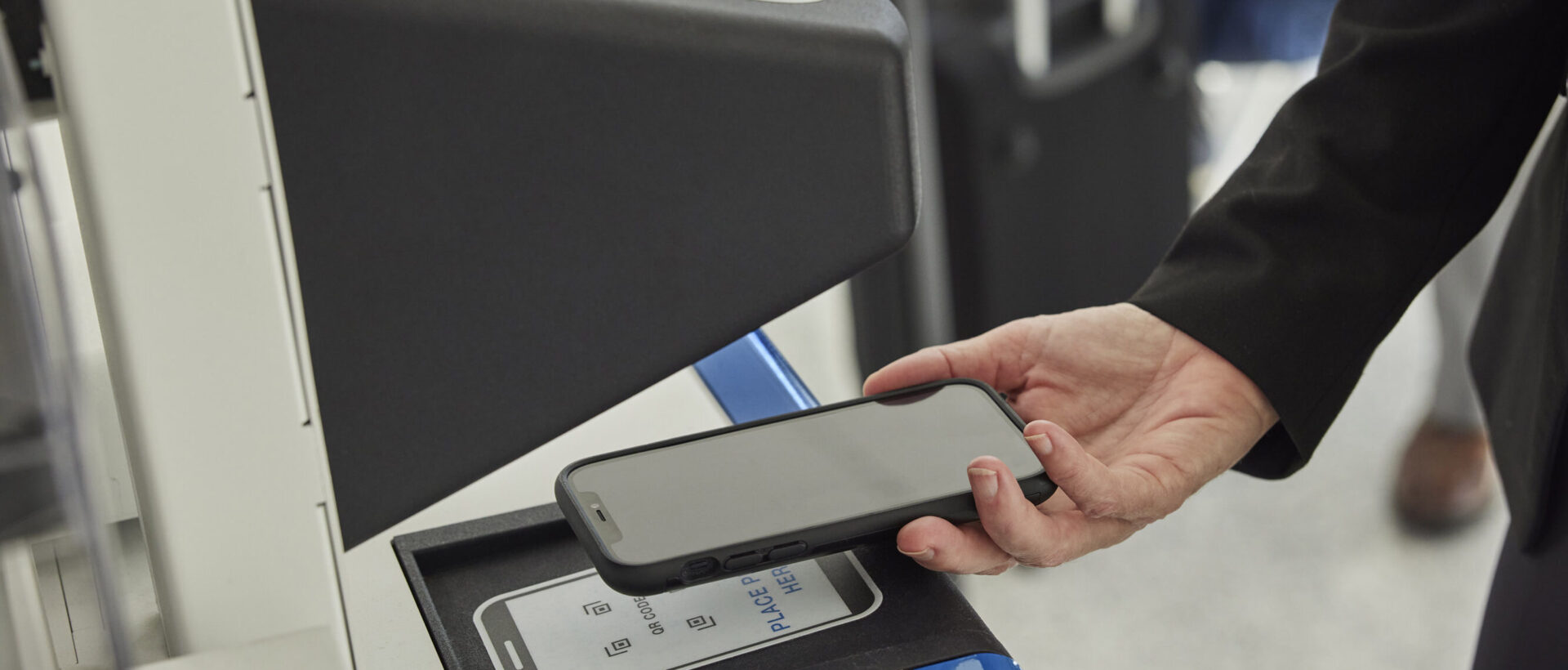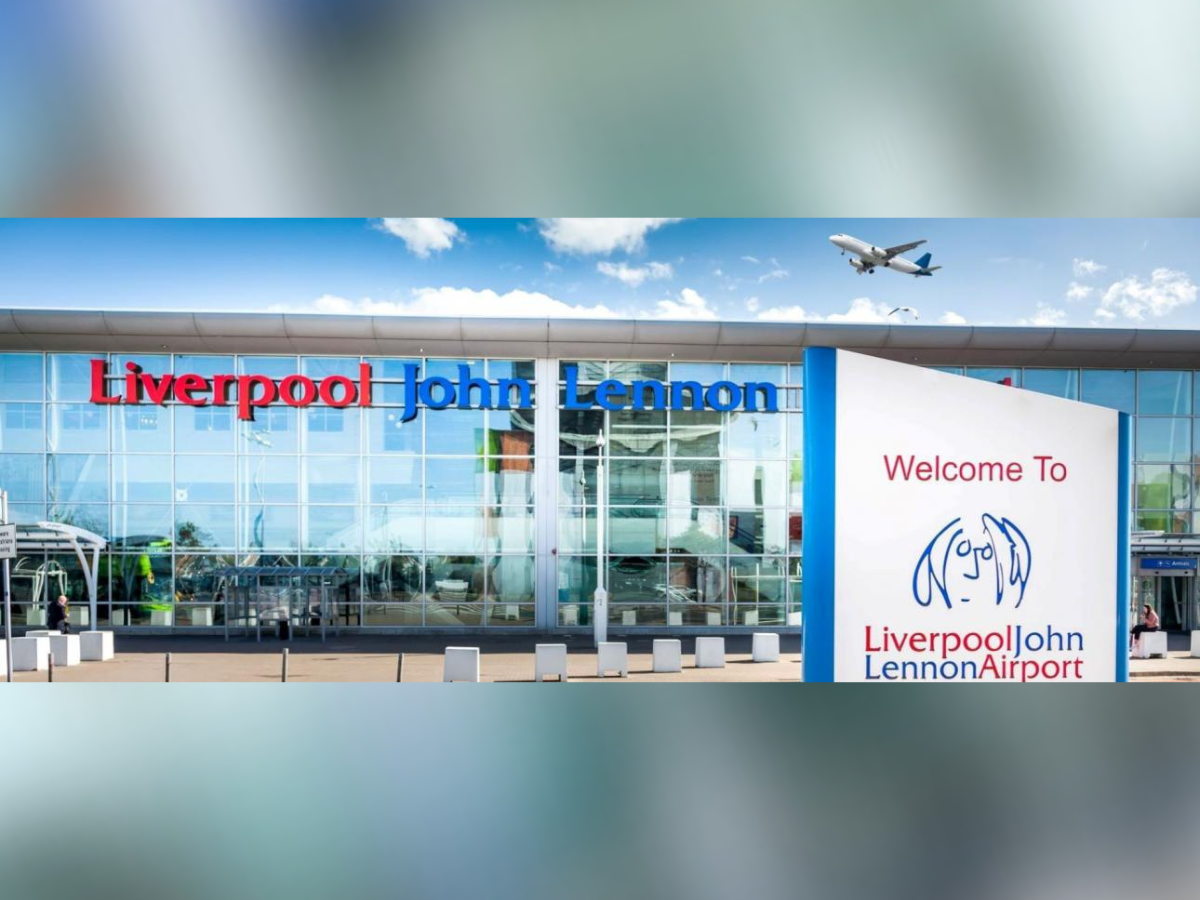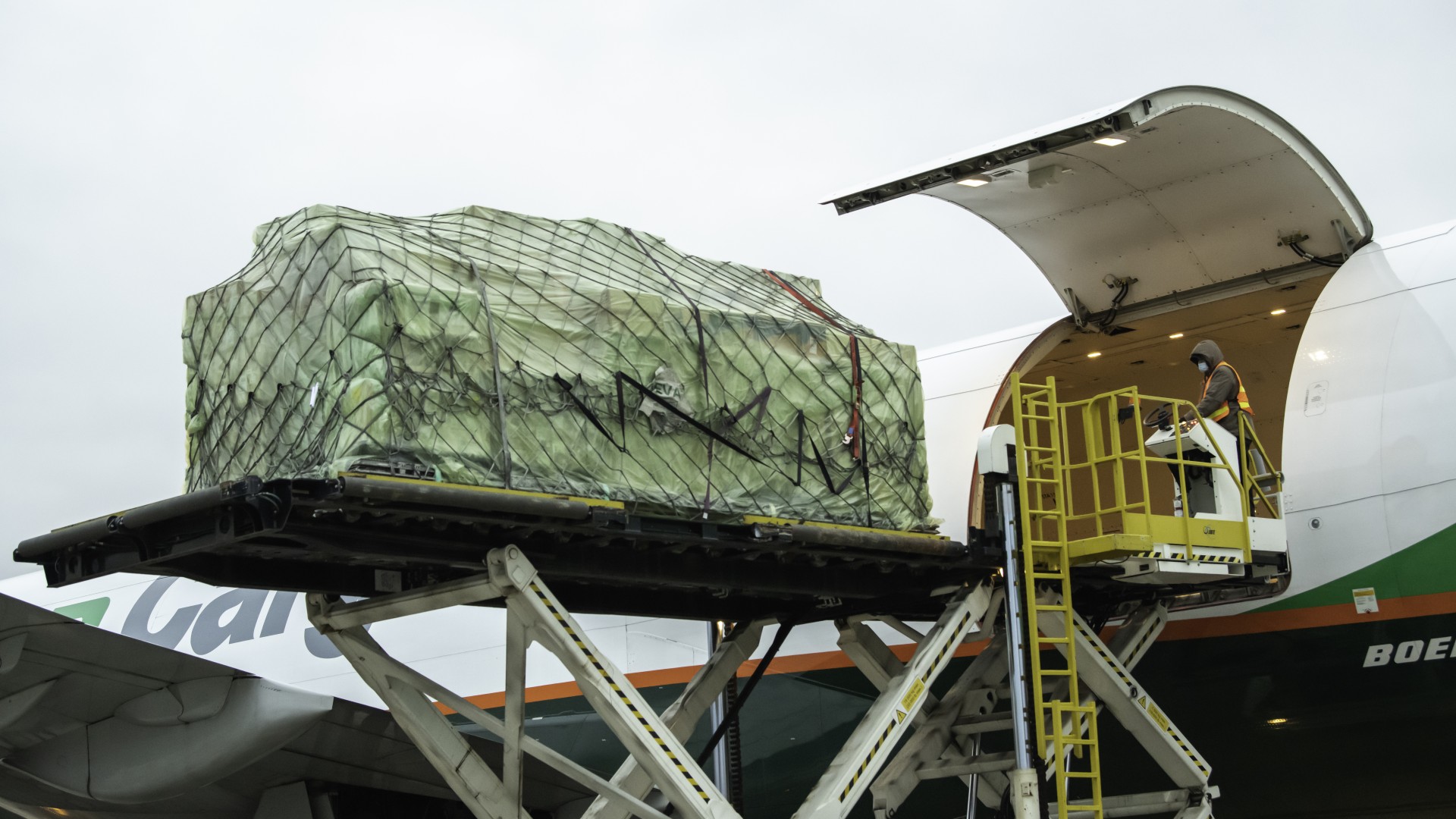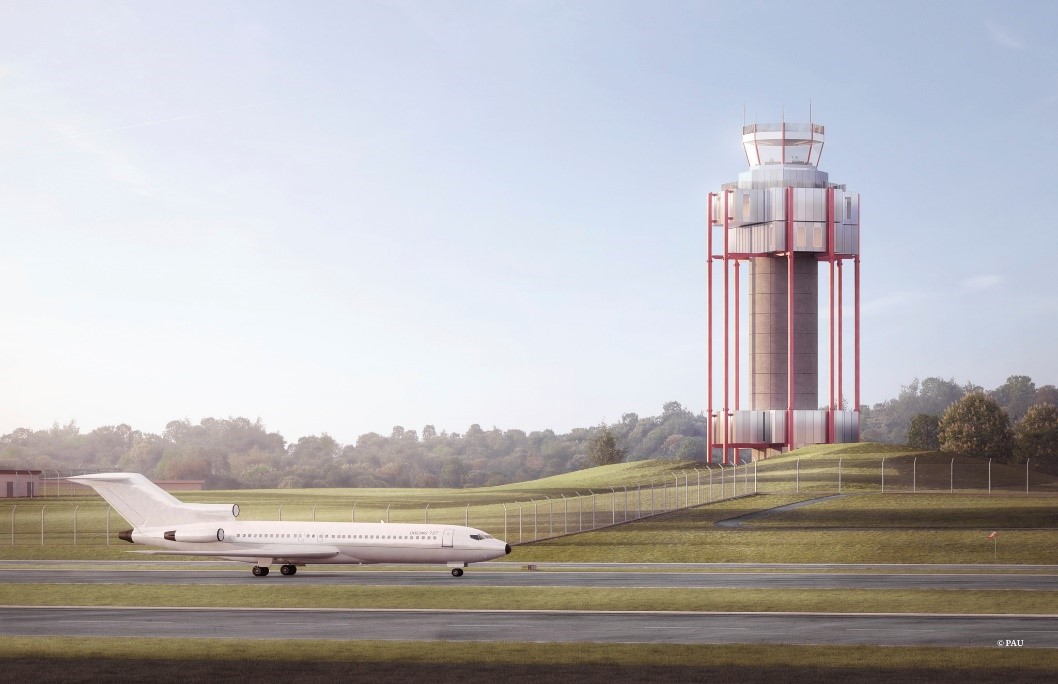NASA has signed agreements with five major US airlines to advance the development of an air traffic decision-making tool that can be deployed to reduce delays and save fuel.
NASA’s Digital Information Platform (DIP) machine-learning tool can be used to predict aircraft traffic and power a Collaborative Digital Departure Reroute (CDDR) system that identifies opportunities for more efficient alternative takeoff routes.

CDDR aims to improve air traffic operations at commercial airports by integrating air traffic and airspace data from the FAA with flight-specific surface traffic data from airlines and airports.
The tool leverages machine learning to provide traffic predictions about future runway availability and estimated departure and arrival times.
In 2022, this technology allowed flight co-ordinators at Dallas-Fort Worth International Airport and Dallas Love Field Airport to reduce delays and save more than 24,000 pounds of jet fuel throughout the year.
Now, the DIP tools will be further developed with five new partner airlines:
- American Airlines
- Delta Air Lines
- JetBlue Airways
- Southwest Airlines
- United Airlines
Under a five-year NASA Space Act Agreement with these airlines, DIP researchers will test a cloud-computing-based version of the CDDR tool.
All five airlines will collaborate with NASA to continue maturing the CDDR tool and identify additional opportunities to apply data-driven solutions to improve flight planning operations.
Gilbert Wu, DIP team lead at NASA's Ames Research Center in California's Silicon Valley said:The abundance of digital aviation data provides opportunities for flight operators and air traffic controllers to achieve more sustainable operations. Collaboration with airline partners allows the DIP team to identify these opportunities and apply state-of-the-art technical approaches such as CDDR for an operational demo that shows real-world benefits.
If you fly out of the Dallas-Fort Worth International Airport or the Dallas Love Field Airport on any day, your flight may get off the surface faster or fly to your destination sooner because of CDDR.


